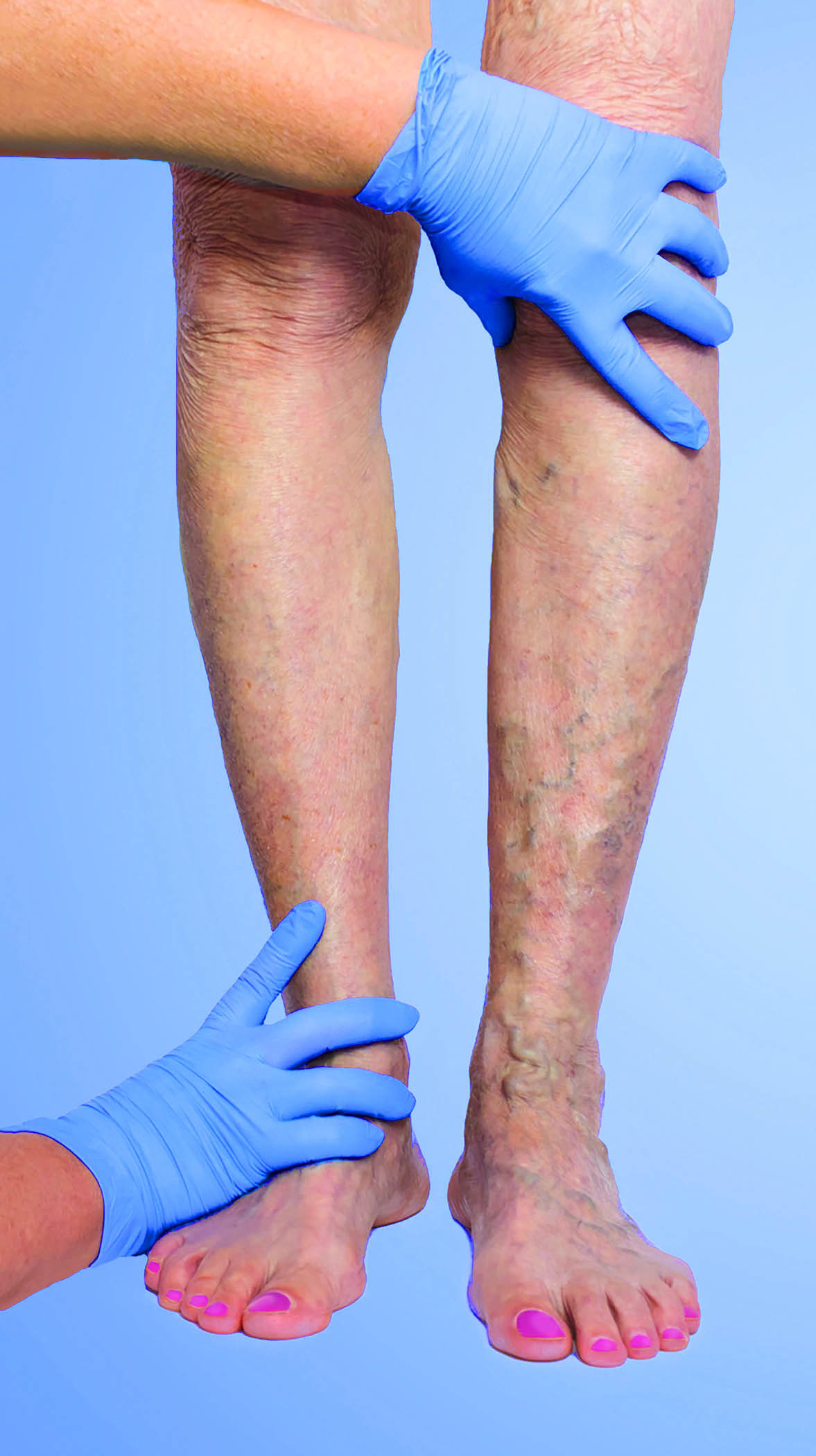Varicose Veins Treatment
Endovenous Radiofrequency Ablation for incompetent valves is ideal day care procedure. This can be combined with foam sclera therapy and/or phlebectomies thus avoiding any cuts or surgery.
Varicose veins are prominent and tortuous veins in legs, which can cause pain, ulcer and swelling. They are managed by injection sclera therapy or operation depending on the severity.
Varicose veins are treated with lifestyle changes and medical procedures. The goals of treatment are to relieve symptoms, prevent complications, and improve appearance.
Varicose veins are substantial, swollen veins that frequently show up on the legs and feet. They happen when the valves in the veins don’t work appropriately, so the blood does not stream properly.
It’s assessed that varicose veins will influence 20 percent of all grown-ups sooner or later in their lives. The twisted, enlarged veins can frequently cause pain, itching, and discomfort. Medical procedures are now available to treat varicose veins.

Symptoms of varicose Veins
In the majority of cases, there is no pain, but signs and symptoms of varicose veins may include:
- Veins look twisted, swollen, and lumpy (bulging)
- The veins are blue or dark purple
Some patients may also experience:
- Aching legs
- Legs feel heavy, especially after exercise or at night
- A minor injury to the affected area may result in longer bleeding than normal
- Lipodermatosclerosis – fat under the skin just above the ankle can become hard, resulting in the skin shrinking
- Swollen ankles
- Telangiectasia in the affected leg (spider veins)
- There may be a shiny skin discoloration near the varicose veins, usually brownish or blue in color
- Venous eczema (stasis dermatitis) – skin in the affected area is red, dry, and itchy
- When suddenly standing up, some individuals experience leg cramps
- A high percentage of people with varicose veins also have restless legs syndrome
- Atrophie Blanche – irregular whitish patches that look like scars appear at the ankles
Causes of Varicose Veins
The veins have one-way valves so that the blood can travel in only one direction. If the walls of the vein become stretched and less flexible (elastic), the valves may get weaker. A weakened valve can allow blood to leak backward and eventually flow in the opposite direction. When this occurs, blood can accumulate in the vein(s), which then become enlarged and swollen.
The veins uttermost from the heart are frequently influenced, for example, those in the legs. This is on the grounds that gravity makes it harder for blood to stream back to the heart. Any condition that puts weight on the stomach area can possibly cause varicose veins; for example, pregnancy, obstruction and, in uncommon cases, tumors.
